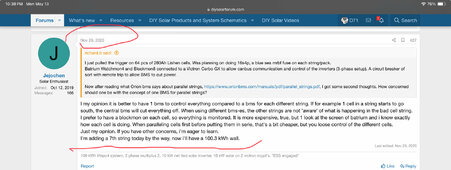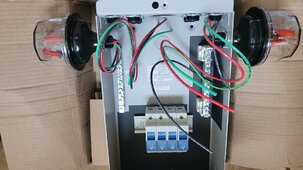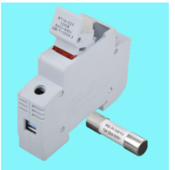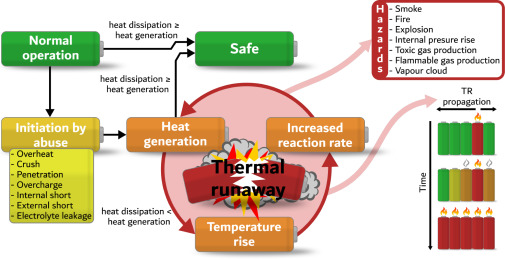I’ve got GAS.
Copper yellow tubing into black iron pipe which was fresh from China.
Mine.

BY CODE…420lb /120 gallon propane but anything larger goes 10feet away from home. Some HOA have additional higher requirements only propane allowed has to be buried tanks 10ft from home.
My garage right now. Shhhssss… sometimes these tanks leak. I never leave the valve open unless using. But. ….
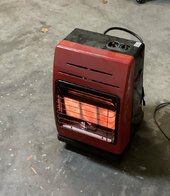

Never ever tripped ….carbon monoxide alarm. Never ever. Somebody say can’t do that then they park … Charging EV or ICE half tank fuel or less…… in attached garage. Hush.
Now why did OP system go up in smoke? Was it in the garage? Some put their Solar inverter generators in home and park them…wire to pv and even tie into their home electrical system. Playing with fire. My small in home lifepo inverter generator setup…. Is Sitting next to my laptop with a battery that is not LiFePo in my closet. Hmmm….. had laptop for long time. No fires.
I was looking at a new lifepo power inverter generator setup the other day so went back to get screen shot to share. If they can’t get the advertising correct should they be trusted? Notice….ad.

Govt Test - start - intentional fires - explosions…for battery science and safety. These things in past were tested before being sold to public….UL Not anymore…..make it sell it let public test it until there is a problem. Then govt comes in.
More fun
Ppl are living dangerous. We do it all the time. The Samsung cell phones use to go up in flames too.


the old disposable butane cigarette lighters were stated never to be around welding or cutting because spark would burn through - melt lighter housing and lighter explode. Some Ppl used them to light torch. I’ve used a butane soldering iron for years..



Stored energy - Dangerous
Notice Amazon Advertising. Caveat Emptor - Buyer Beware REASONABLE as Ignorance is no excuse….question becomes what is “reasonable” for burden. Also why you see sneaky disclaimers….example real estate agents often put up seller has to verify all stated is truth…ie: size home, property lines, school districts, so on.
“‘’’’’’
Cornell Law School Website.
caveat emptor
Primary
Caveat emptor is a common law
doctrine that places the burden on buyers to reasonably examine property before making a purchase. A buyer who fails to meet this burden is unable to recover for defects in the product that would have been discovered had this burden been met. The phrase “caveat emptor” is Latin for “let the buyer beware.”
Caveat emptor principles are generally still followed today; however, they are subject to exceptions. Under the doctrine of concealment, for example, a seller who withholds material information when they have a duty to disclose is not protected by caveat emptor.
See, e.g. SEC v. Zandford, 535 U.S. 813 (2002).
See:
Commercial law,
Real property,
Personal property
[Last updated in July of 2022 by the
Wex Definitions Team]
“‘’’’

www.law.cornell.edu
Ppl used to get sued for false advertising - govt had an agency just for that purpose Consumer Protection Agency.
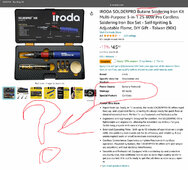

diysolarforum.com






